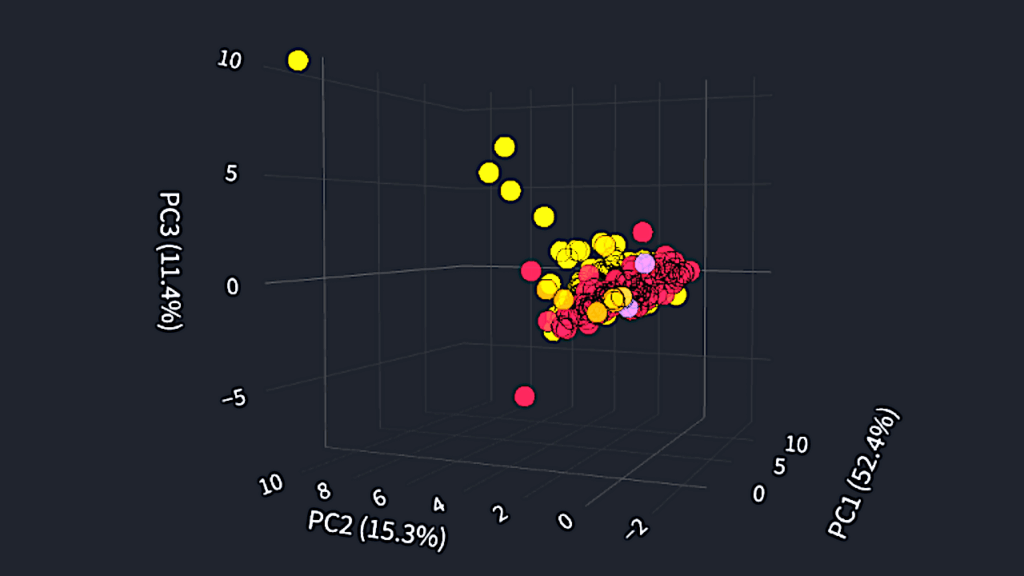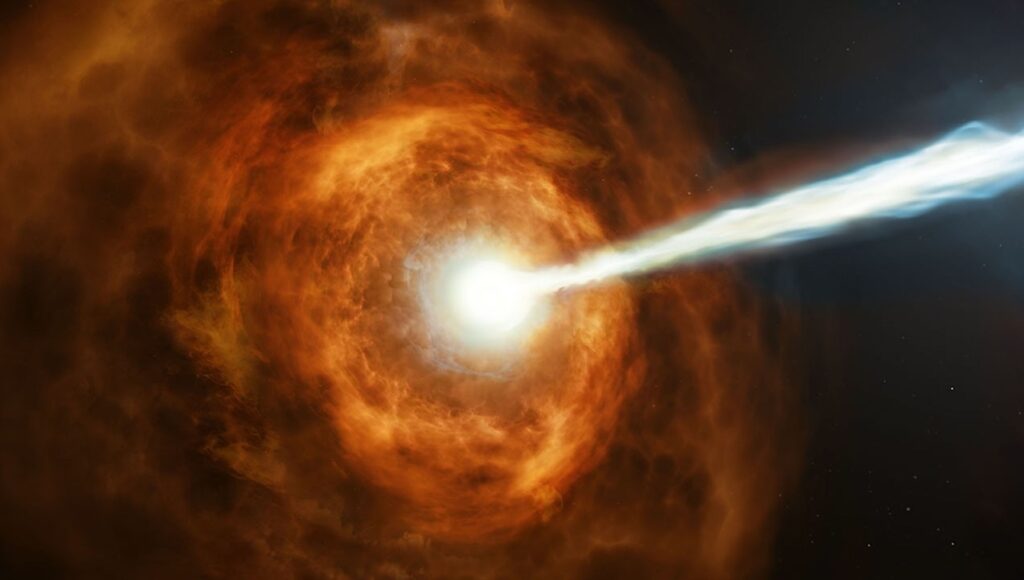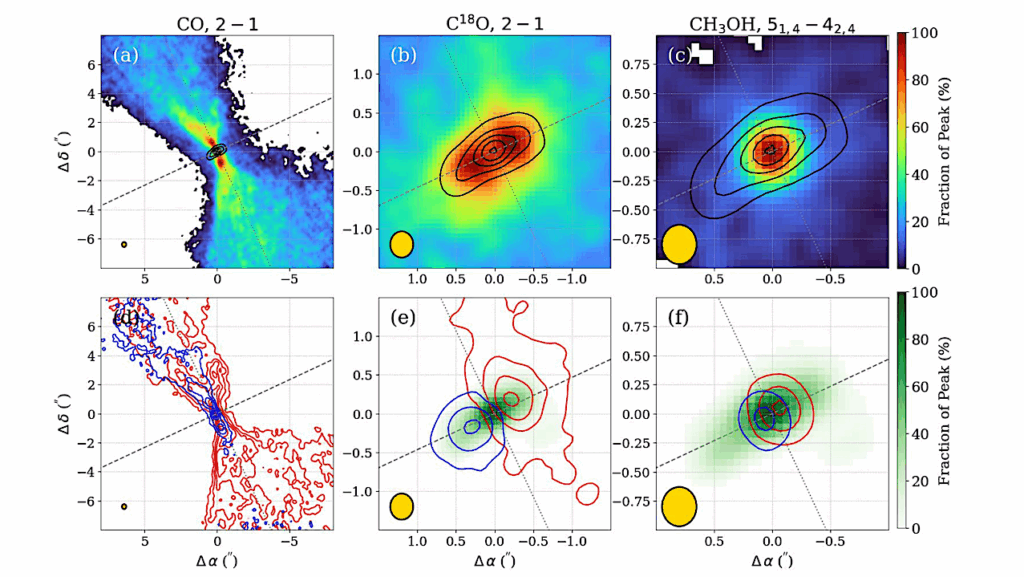PACOME: Optimal Multi-epoch Combination Of Direct Imaging Observations For Joint Exoplanet Detection And Orbit Estimation

Exoplanet detections and characterizations via direct imaging require high contrast and high angular resolution.
These requirements typically require (i) cutting-edge instrumental facilities, (ii) optimized differential imaging to introduce a diversity in the signals of the sought-for objects, and (iii) dedicated processing algorithms to further eliminate the residual stellar leakages.
Substantial efforts have been undertaken on the design of more efficient post-processing algorithms but their performance remains upper-bounded at shorter angular separations due to the the lack of diversity induced by the processing of each epoch of observations individually. We propose a new algorithm that is able to combine several observations of the same star by accounting for the Keplerian orbital motion across epochs of the sought-for sources in order to constructively co-add their weak signals.
The proposed algorithm, PACOME, integrates an exploration of the plausible orbits within a statistical detection and estimation formalism. It is extended to a multi-epoch combination of the maximum likelihood framework of PACO, which is a mono-epoch post-processing algorithm. We derive a reliable multi-epoch detection criterion, interpretable both in terms of probability of detection and of false alarm.
We tested the proposed algorithm on several datasets obtained from the VLT/SPHERE instrument with IRDIS and IFS. By resorting to injections of synthetic exoplanets, we show that PACOME is able to detect sources remaining undetectable in mono-epoch frameworks. The gain in detection sensitivity scales as high as the square root of the number of epochs. We also applied PACOME on a set of observations from the HR 8799 star hosting four known exoplanets, which are detected with very high signal-to-noise ratios. In addition, its implementation is efficient, fast, and fully automatized.
Jules Dallant, Maud Langlois, Olivier Flasseur, Éric Thiébaut
Comments: Accepted for publication in A&A
Subjects: Instrumentation and Methods for Astrophysics (astro-ph.IM); Earth and Planetary Astrophysics (astro-ph.EP)
Cite as: arXiv:2309.08679 [astro-ph.IM] (or arXiv:2309.08679v1 [astro-ph.IM] for this version)
Submission history
From: Jules Dallant
[v1] Fri, 15 Sep 2023 18:08:43 UTC (20,958 KB)
https://arxiv.org/abs/2309.08679
Astrobiology,








